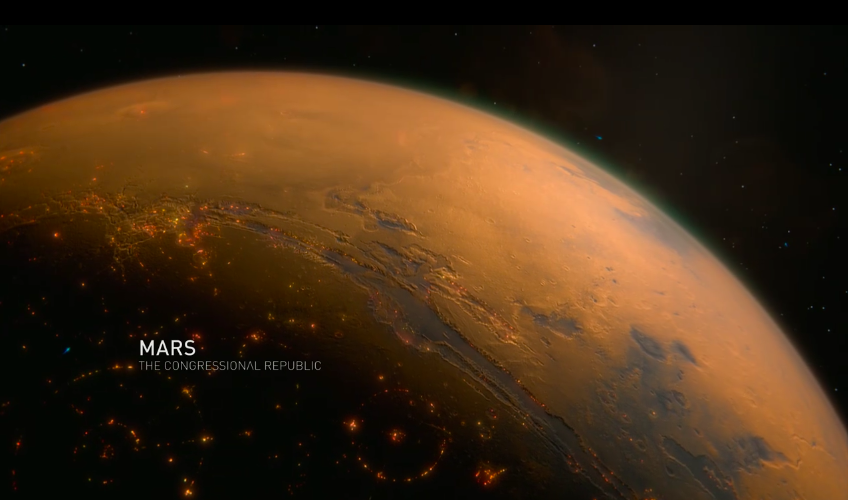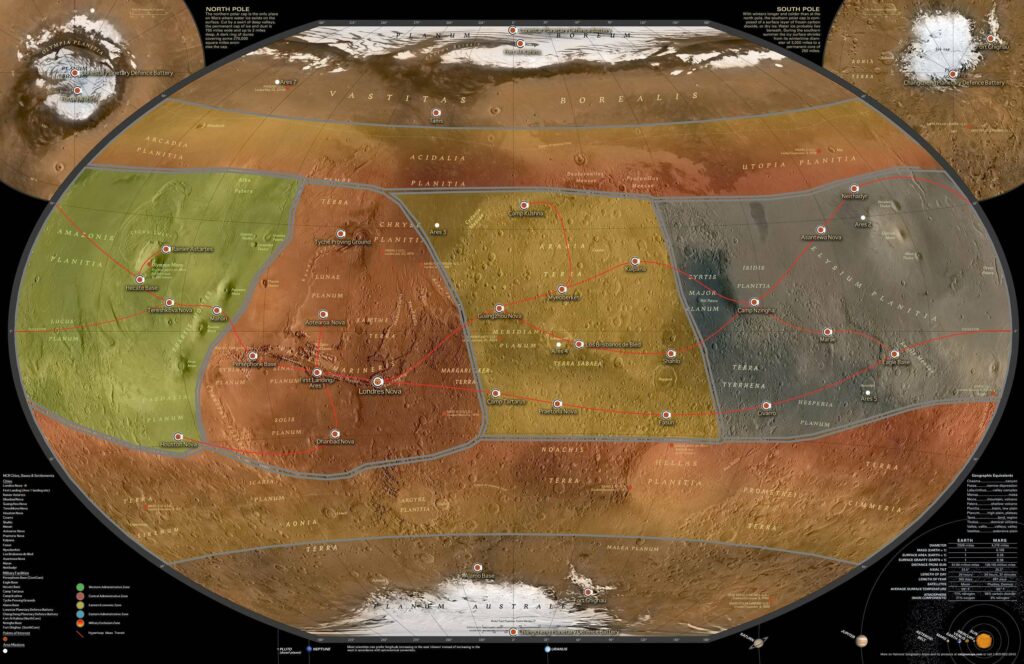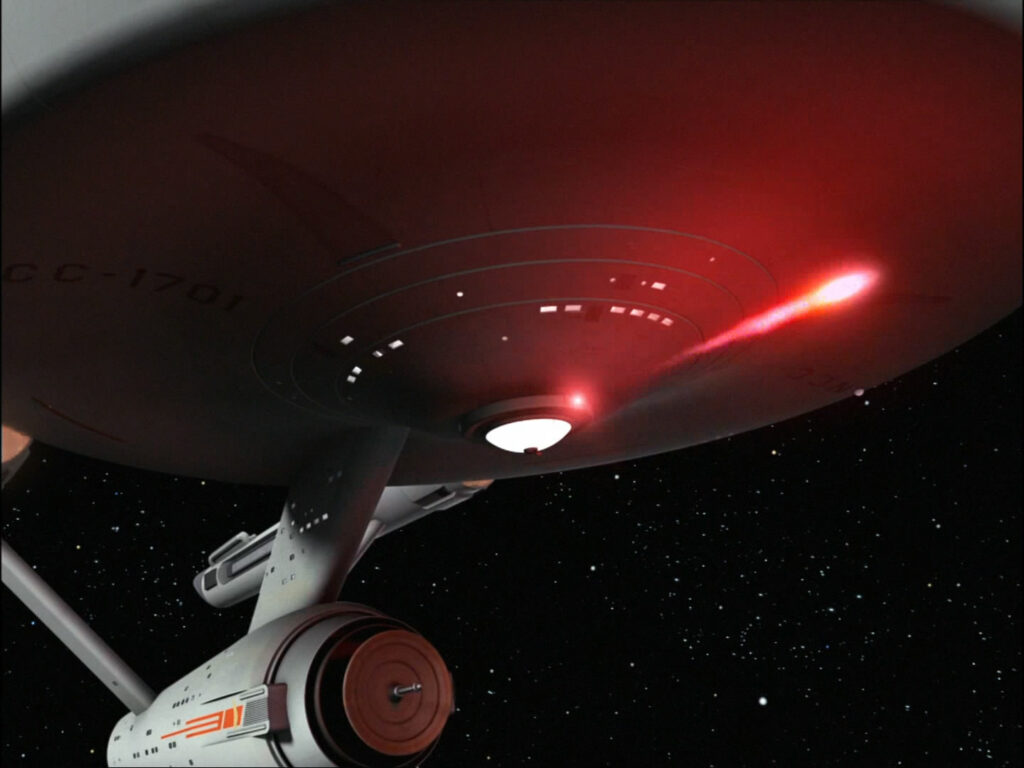Expanse fans, we have a problem. The problem of the missing ice from Ceres.
“But Dee”, you might ask, “why does it matter? It’s just a story, who cares about the math?”
Let me stop you right there. It doesn’t matter, you’re right. Except it does, for two reasons:
- This kind of stuff helps me believe a world. Making grandiose claims without backing them up, and without checking your math, kinda bores me. Trantor is home to 47 billion people? That gives us a population density of about 2,213 per square kilometre – less than a tenth of Delhi, India, which clocks in at 25,535 per square kilometre. That’s not even the most populous city on Earth. It’s the same principle here, with Ceres.
- I like science. I like figuring things out. While not a scientist by trade, I am a scientist by nature, and hearing a claim makes me want to investigate it.
- A not-so-secret third thing! I want you all to understand my suffering.
So now that you’re caught up, let’s get down to business. I’ll do my best to simplify for you, but… we’re going to be talking about mind-boggling numbers. There’s only so much simplification we can do.
Let’s start with the mass of Ceres, and how much of it is water. Ceres is the most massive body in the Asteroid Belt, clocking in at about 910 quintillion kilograms, or 910,000,000,000,000,000 kilograms. For comparison, that’s about 1.28% of our moon, or .015% of Earth. For the Asteroid Belt, it’s pretty chonky, but in comparison to some of the bigger bodies in our solar system, it’s really not much.
NASA believes that Ceres is about 25% water, give or take. That gives us a mass of about 227,500,000,000,000,000 kilograms. Wow, that number is painful. Let’s, uh, let’s simplify that a little… the total mass of the Earth’s oceans is about 1,426,000,000,000,000,000 kilograms, so Ceres’ total mass in water is about 16% of Earth’s oceans. Cool! This is sounding pretty reasonable so far, actually! Given that Mars is smaller than Earth, it might almost be about right! A bit of terraforming mass suggests that we would only need 20% of Earth’s water to cover Mars with the oceans that we believe it once had. Ceres gets us 80% of the way there, which is huge. Considering that we need a million icy asteroids to impact Mars otherwise, this is a very, very good start!

Can you see the problem yet, though? You’re probably wondering what it is. The numbers line up…

Hm. No oceans. Not a single even remotely large body of water. Well, that’s okay, we’re only seeing part of the planet, and as in the map above, there’s a good chunk that wouldn’t have water on it!

… where’s the water. where’s the FUCKING WATER!? This place is dry as a fucking bone! The only water I can see is in the goddamn ice, which was already there! Mars took the water of Ceres, SO WHERE DID THEY PUT IT!? Mars should be verdant, a garden paradise! But it’s still a red desert!
Do you see the problem now?
Let’s not even mention how they moved it all in the first place.

